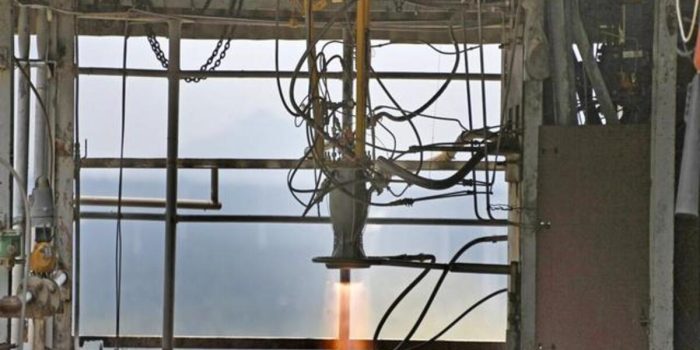ISRO recently reached a significant milestone with the successful hot testing of a 3D-printed liquid rocket engine, a crucial component of the Polar Satellite Launch Vehicle (PSLV) program. This testing, conducted on May 9, lasted over 11 minutes.
Unlike traditional methods involving machining and welding, ISRO chose to employ Additive Manufacturing (AM) technology for this engine. This decision led to several enhancements. For example, the new manufacturing process reduced the number of engine parts from 14 to just one, eliminating 19 weld joints. This streamlined production and also reduced the required amount of raw materials.
By utilizing Laser Powder Bed Fusion technology, ISRO significantly reduced the production time of the engine by around 60%. Additionally, the amount of metal powder used was far less compared to conventional methods, reducing it from 565 kg to just 13.7 kg.

Before the full hot test, ISRO conducted four successful developmental tests totaling 74 seconds. These tests validated the engine’s performance parameters. Following these, the engine underwent a full qualification test of 665 seconds, passing all performance checks with flying colors.
This successful testing of the rocket engine marks a significant step for the ISRO in which they have planned to combine the AM PS4 engine into the regular PSLV program. PSLV, which is known as the workhorse of ISRO, is a very crucial contributor in India’s space endeavors.
With its help, India has launched many satellites for both Indian and foreign clients since its original first flight back in 1994. What is more remarkable is that PSLV has also managed to carry out missions to the Moon and even Mars which further solidifies its reputation as a reliable and competent launch vehicle.
The success of the 3D-printed engine further solidifies ISRO’s dominance in space exploration, adding another feather to its cap. With the ability to transport payloads of up to 1,750 kg to Sun-synchronous polar orbits of around 372.8 miles (600 km) altitude, PSLV plays a vital role in a variety of space missions.


